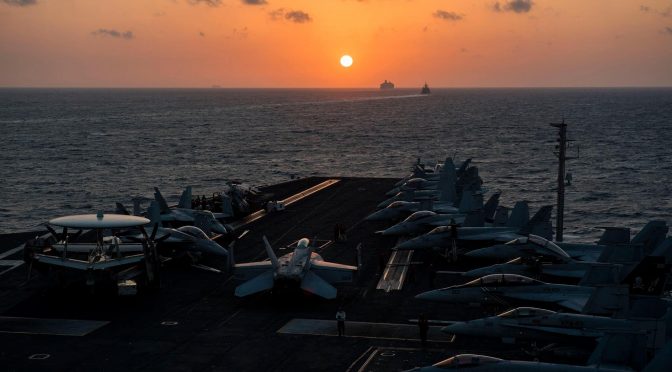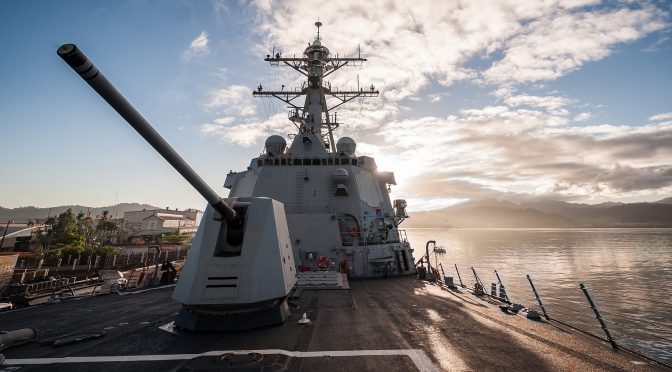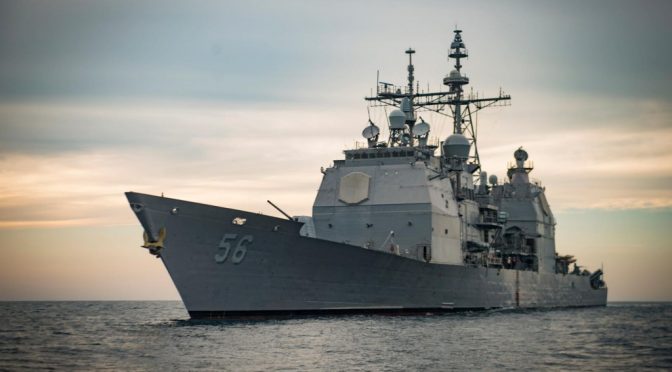By Dr. Sebastian Bruns
The incoming administration needs to know that the U.S. Navy is a forward-deployable and ready tool of statecraft for the United States. It builds on a long tradition and utilizes the opportunities afforded by geography, the maritime domain, and international law to engage with allies, conduct naval diplomacy, deter crises, and provide options towards favorable outcomes in a conflict. The spectrum of engagement is vast and principally allows the new administration to shape the global environment in ways that the Air Force, the Army, or soft power cannot – although the Navy should always be seen as part of a toolbox, not a one-size-fits-all tool. The U.S. Navy can train, exercise, coordinate, and operate together with partners using standardized and scalable methods. America, the global sea power, needs reliable, ready, intellectually-embraced naval power.
Dr. Sebastian Bruns heads the Center for Maritime Strategy & Security at the Institute for Security Policy University of Kiel, Germany. Prior to that, he served then-Rep. Todd Young (R, Ind.) as Congressional Fellow for defense and military policy. He is the editor of the “Routledge Handbook of Naval Strategy and Security” (London 2016).
Featured Image: DA NANG, Vietnam (Oct. 2, 2016) – Sailors from the Arleigh-Burke class guided-missile destroyer USS John S. McCain (DDG 56) participate in a damage control professional exchange and practical with sailors from Vietnam People’s navy during Naval Engagement Activity (NEA) Vietnam 2016. (U.S. Navy photo by Ens. Meghan Mariano)




